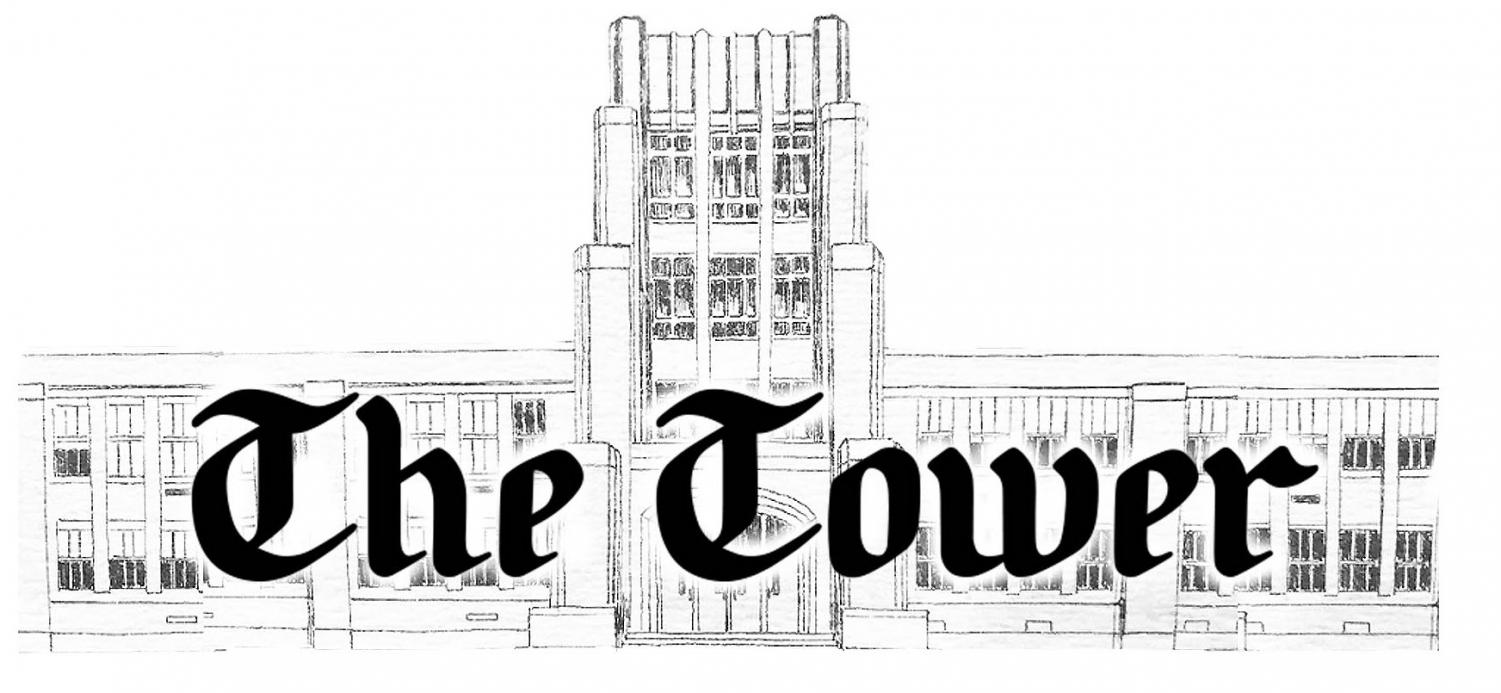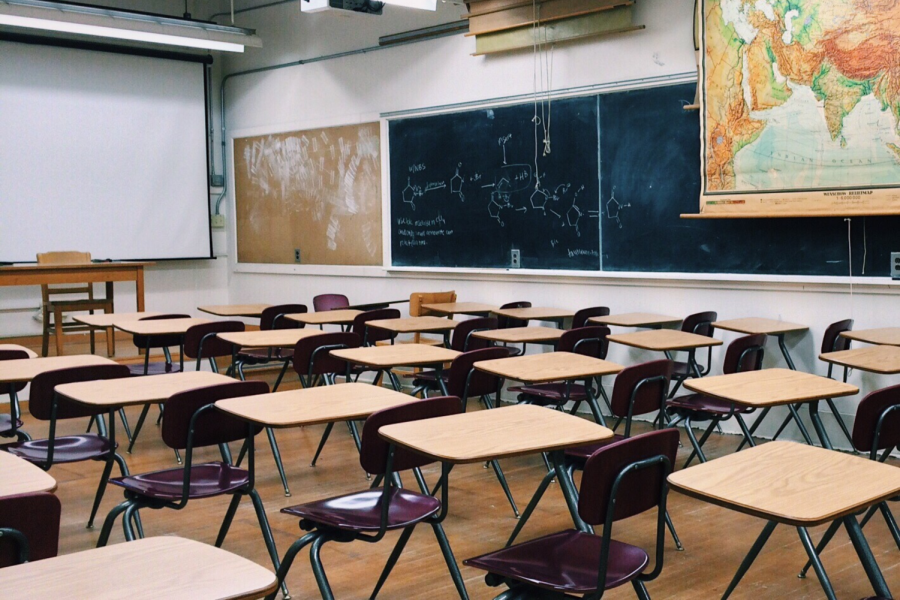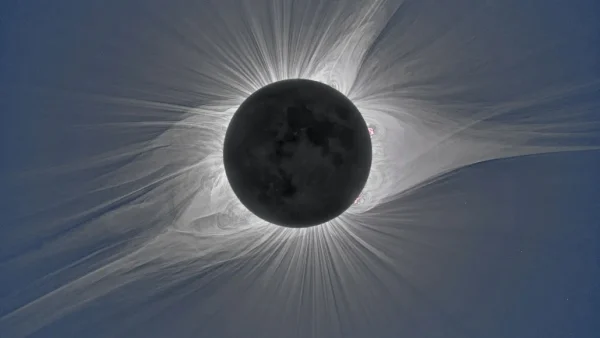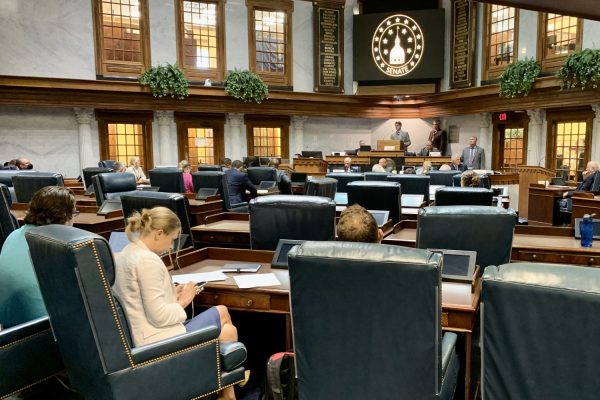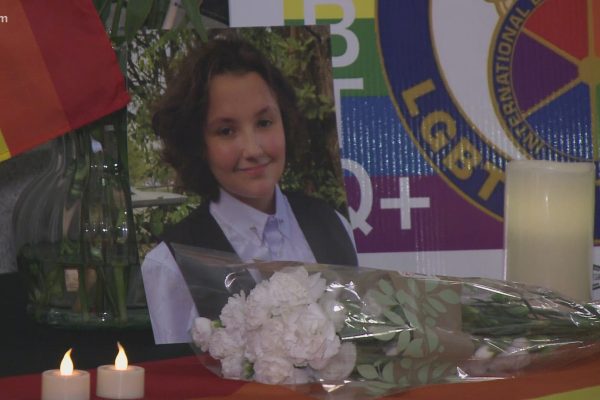The Polarization of Public Education
February 2, 2023
Florida Gov. Ron Desantis announced this month that no Florida schools would be permitted to teach the new Advanced Placement (AP) African American Studies course because the content is allegedly pushing a political agenda. This highlights a growing controversy in the United States about the materials being taught in public schools, and is just one of many examples of the ever-polarizing nature of the US public education system.
According to College Board, the new AP class is an “interdisciplinary course [that] reaches into a variety of fields—literature, the arts and humanities, political science, geography, and science—to explore the vital contributions and experiences of African Americans.” Desantis said the course emphasizes topics such as LGBTQ+ rights and feminism that do not serve to educate students, but rather to press a liberal political bias on them.
This comes after last year’s decision by Desantis and the Florida Department of Education to ban all teaching of Critical Race Theory and instruction on racial inequality. They cited that suggesting anyone was privileged or oppressed due to their race pushed a political agenda of which Florida did not approve. Even more recently, Desantis mandated Law HB 14 67, which requires that books be pre-approved by Florida’s Department of Education before they can be taught in classes. Many teachers have been forced to remove books off their shelves in order to be compliant with the law, or they could be held accountable with criminal charges.
Another notable example of this polarization is exemplified by the state-by-state textbook production. Authors and publishers of textbooks aim to please policymakers in the specific districts and states for which their materials are intended to be used by reflecting their political leanings in the textbooks. According to The New York Times, a study conducted on two textbooks from the same company, attributed to the same authors, with the same publisher, are different depending on what state the material is being taught in. The study compared textbooks primarily from Texas and California. While both textbooks explored the Harlem Renaissance, students in Texas would read that some critics dismissed the literature produced during the period, while California students would not. On the whole, Texas—and other conservative states—have textbooks that tend to use critical language while talking about nonwhite cultural movements. Another comparison of two textbooks showed that California students will see an annotation on the Second Amendment in the Bill of Rights expressing that some limits have been placed to restrict gun ownership, while Texas students will see only a blank space.
All of these present not only the politicization of the public education system, but also the polarization within these politics. Restricting information, specific language, and limitations on subject matter are among the tools used to polarize the learning experience for students across the US, and present a growing problem in the American education system. Tackling polarization in American politics begins with that present in the information taught to students across the country.
